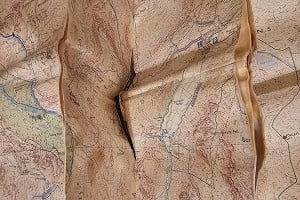
Earlier this month Yorkshire-based walker Drew Whitworth finished a long-running project to bag all of Lakeland's 214 Wainwrights without once setting foot in a car. Most of the 70 walks that this entailed were done as day trips from his home in Hebden Bridge, via a multi-hour commute each way on public transport. Here he talks trains, fells and bus timetables with Dan Bailey.
Nb. For a blow-by-blow account see Drew's 214 Wainwrights blog, which also includes a handy Walkers' Guide to getting around the Lake District on public transport. During this challenge Drew's been raising money for the Lake District Search and Mountain Rescue Association - donations can still be made via JustGiving.
'It adds interest to a walking challenge that, let's face it, a lot of people complete. And it's also the way that Wainwright himself did it'
What possessed you to do all 214 fells solely accessed by public transport?
Though I can drive, I haven't owned a car for some years, so I'm used to travelling almost everywhere by train, bus and plane. When we were on holiday in the District in 2009, the holiday where the project started, I found it convenient to reach many walks by bus from Keswick. I started to get a sense that it was practical, and it seemed like a way to add interest to a walking challenge that, let's face it, a lot of people complete. And it's also the way that Wainwright himself did it.
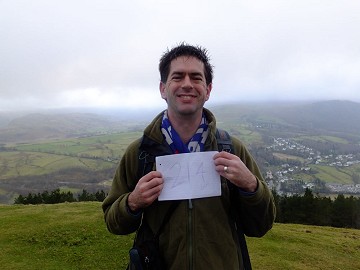
When you started this personal 'journey' in 2009 did you have any idea how long it was likely to take you to complete?
The first 13 fells were bagged in four walks on that first holiday in Keswick. After that I decided to go for the lot (and starting afresh - that is, discounting the 20 or so Wainwrights I had climbed prior to 2009). I estimated 'three to four years' from the start; and that's how it turned out. I have managed to keep a pretty consistent pace, if everything is averaged out.
For a typical day in the fells (if there is such a thing), how early would you be getting out of bed, and how many hours would be spent in transit to and fro?
Some of the walks have been done while staying in the District, but the standard routine from home is to get up at 5.45 am and be on the 6.38 train out of Hebden Bridge. With two changes en route this should get me to Windermere station at 8.45. From there I can catch a bus to, say, Keswick by 10.15, and be in Buttermere/Borrowdale by 11. Normally I am home by 8pm, sometimes earlier. I would expect to spend about 7-8 hours in transit on a typical day - but that's what books and iPods are for.
'With public transport you get a limited time window for your fell day, and you're at the mercy of transport schedules. I would expect to spend about 7-8 hours in transit on a typical day - but that's what books and iPods are for.'
Cost and time-wise, how do you reckon your approach compares to driving?
Never having done the drive from home I've no idea but I can't believe it's slower mile-by-mile - the problems come with bad train & bus connections. It probably costs more, even for me as a generally solitary walker, and if I tended to walk as part of a pair or group it would cost a lot more. Nevertheless, I still prefer it.
What are the downsides of fellwalking without a car?
With public transport you get a limited time window for your fell day, and while I'm happy to treat that as just another part of the challenge it's true that I remain at the mercy of transport schedules that - particularly at Penrith rail station and Keswick bus station - seem designed to frustrate the traveller rather than open up access to this beautiful part of the world. Connections seem almost wilfully mistimed. Some parts of the District are tough to reach, that's for certain, but as noted above, that's been part of the logistical challenge of it all. And there is also a significant disadvantage which is that Sunday walks, from home, are out; the trains don't start early enough to make it practical.
Conversely, what are the advantages?
I like a beer after a walk, and it is great to get to the end and feel that was the end of the effort required and I don't then have to face the stresses and strains of a two- to three-hour drive home. And I do prefer to walk from somewhere, to somewhere else, rather than be forced to circle round and come back to my starting point simply because that's where the car is.
I also feel there is a moral argument here - I am not trying to be holier-than-thou, but I do feel that many otherwise beautiful parts of the District risk being spoilt by too much car use. If we don't use these alternative services then it's very clear that the powers that be will happily seek any excuse to eradicate them. I believe that we should support public services like this whenever we can. The present government have no interest in doing so, so in a small way at least, this project is a political statement.
By now you must be quite an expert on travel to and around the Lakes. When it comes to transport provision in the area what do you think works, and where could improvements be made?
Around the Windermere - Grasmere area services are very good; around Keswick and Penrith, not bad; everywhere else things could be a lot better. Simple things, like timing bus services to meet trains properly - a particular problem in Penrith - would make a big difference. Stagecoach's near-monopoly is not a positive thing - they abuse their position by overcharging and also omitting any other operators' services from their printed brochures. Some services which close down for the winter could run all year, at least at weekends, if the will were there. Of course, bus services don't only run for the benefit of walkers, but nevertheless a lot more could be done, and it would cut traffic in certain vulnerable areas so we would all benefit. Train fares are also too expensive, thanks mainly to strange pricing policies on the West Coast main line, with no off-peak or advance tickets on many routes.
'I prefer a beer after a walk to the three-hour drive home'
I think walkers come a distant third on the priorities of the people who organise these things. The first priority are people who live in Cumbria, which is fair enough, but the other group seem to be those people who visit the Lakes only for the nice, chargeable attractions like Dove Cottage. I'm not saying that's a bad thing but I get the impression walkers are not accounted for as well as they could be because, simply, we don't pay so much hard currency to enjoy our time in the Lakes. Yet I've spent thousands of pounds on this project, one way or another - so it'd be nice to feel that I was encouraged to use the buses and trains to support my walking, rather than put off sometimes. Certainly, there should be a winter, weekend-only service on the Buttermere - Honister route and on the Windermere - Patterdale route, both of which close down outside the summer, for no immediately obvious reason beyond a presumed desire to cut costs.
Have you come across the GoLakes Travel Project? Useful for hillwalkers?
I think it's a useful initiative but a quick look at it suggests it isn't aimed at walkers - the 'attractions' listed on that page run only to Holker Hall, Dove Cottage, Brockholes, Hill Top and the Lakes Aquarium. I guess there are a few walks on the 'itineraries' page. What we really need, alongside such glossy advertisements, is investment that is targeted to keeping fares down and sorting out the terrible bus connections in Penrith and Keswick.
Have any of your 70-odd routes proved particularly difficult to access?
Anything round Wasdale/Ennerdale has required a stay in the area, I can't do it on a day trip. There is a minibus service to Wasdale Head on Saturdays, but it's timed in a way that makes it inaccessible to anyone living south of Lancaster. Eskdale is also difficult despite the existence of La'al Ratty (the Ravenglass & Eskdale railway). Though having said that, if I was prepared to not get home until 10pm after a day trip more would be possible from home, but that's too late for my liking. The Haweswater district is also hard to reach but at least you can still do it in a day trip, it just requires a long walk (15 miles at least, for most of that area).
Departure and arrival times that simply don't join up; long waits in the rain for infrequent buses; the wrong type of leaves on the line... the scope for frustrations seems pretty much endless. Have you suffered any particularly bad travel experiences in your time commuting between West Yorkshire and the tops of Lakeland fells?
To be fair there have only been a few walks where the service has failed me, and most times I have either completed a walk as planned or been able to pull a backup out of the bag. Only once in three and a half years have an operator (Virgin in this case) failed to get me to the Lakes at all (in January 2012). There have, I admit, been a couple of walks where I've regretted that there hasn't simply been a car at the bottom of the fell - both of them ending in Wasdale - but on the whole I've felt good doing it this way.
I will just add that though it's occasionally been a very frustrating experience, I have never had a day actively spoilt by the transport - even on the one occasion I totally failed to reach the Lakes, I came home and had a walk there instead. You need to do some research, plan walks more carefully than you might otherwise do, and have a backup plan. But I'd say it's worth it. The beauty of the District and the exhilaration of walking compensate for any aggravation caused by Stagecoach and Virgin (the two main offenders).
'I think walkers come a distant third on the priorities of the people who organise these things. Public transport in the Lake District could be a lot better'
What about days when everything's gone so like clockwork that you could've been in Switzerland?
Yes, they do happen: the most complex trip is probably over to Buttermere and then back home, which requires, usually, six trains (three in each direction) and four buses (two each way) to interlock well, and I've successfully done that a few times.
Were you ever tempted to cheat, even for a minute?
With the actual fells, never: I was within 50 feet of Pike o'Stickle's summit the first time I attempted it but then had to turn back because of icy conditions, so had to go back and do it another time. Cheating there would just have been cheating myself, and I'd never have let it rest.
With the 'no car rule', yes, of course - at the very least, there have been a couple of times where I've been close to calling a taxi. The worst was coming off Yewbarrow, soaking wet and still having to face a tramp of several miles back to the bus services at Gosforth. But I haven't yielded to the temptation. Honest.
What's your favourite season on the hills?
Tough one - they're all good in their own way. I probably like summer the least, it's not colourful and the weather is not reliable. Autumn's probably the best, unfortunately it's also the time of the year when I am busiest at work and find the least free time.
Are you a fair weather walker and able to be a bit flexible in your days out, or do you tend to head off however dire the forecast?
I keep an eye on forecasts and will postpone walks if the weather is looking really grim. However, 2012 has been so all-round dreadful that I have become obliged to undertake at least some walks in poor weather. Great Gable was the worst - I ended up forced to do it on a particular day because of having booked in at Black Sail the night before, but it was just awful, wet and also freezing cold - which would have been OK had it not been in July. It was so bad I had the summit plateau to myself - on a Sunday in the 'summer' holidays!
'For my UK hillwalking I'm not going back to the car... not ever. This is the way I will be doing it from now on'
But how about the really good days, the moments of uplifting beauty and all that?
Many come to mind but I will highlight one back in March 2010 when I had just the most perfect day of weather, clear blue skies, mild and so utterly still that the fells were reflected perfectly in the lakes - the photo of Helvellyn and Thirlmere was taken on that day. I mention this one specifically because that was the day I had chosen to bag Armboth Fell and High Tove, which as anyone familiar with Wainwright will know, are not exactly given positive write-ups in the Pictorial Guide. They were the first real 'duffers' I attempted and yet the Lakes came back and countered with a day of quite exceptional beauty.
What's your favourite Lakeland fell?
Bear in mind I've climbed most of them only once, so I don't feel qualified to make a full judgment. However, two ascents that I would recommend to anyone are Nethermost Pike, via Ruthwaite Cove, Hard Tarn and the east ridge, and Eagle Crag, straight up the face. I thoroughly enjoyed both of those.
What does the perfect day of fellwalking by bus and train look like?
Generally, one that is challenging without being overly tough. There'll be some great views, I'll get some good photographs, and a good couple of pints of beer at the end of it. I'm home by 8pm, tired but satisfied.
Now you've done the Wainwrights without once setting foot in the car and proved that a substantial, quality walking goal can be achieved without recourse to a private vehicle, what's next? Would you care to try a similar approach in the Yorkshire Dales? Or the 2000-footers of Snowdonia? Or even the Munros?
I'd like to explore other parts of Northern England more - the Yorkshire Dales, the Howgills, and the Peak District, all of which are practical day trips from home. I'll be doing that before I consider heading off to Scotland or Wales. I travel abroad quite a bit too, as part of my job, and am looking for good walks in places like Norway, where I go a lot, and Australia/New Zealand, where I'm visiting in 2013. And I hope not to use a car there either...
I will just add that for my UK hillwalking I'm not going back to the car... not ever. This is the way I will be doing it from now on. If that makes some parts of the UK hard to reach or even inaccessible then so be it.
- REVIEW: Trekmates Ankle Gaiters 23 Apr
- INTERVIEW: Exmoor Coast Traverse - England's Best Kept Mountaineering Secret 10 Apr
- REVIEW: Rab Muon 50L Pack 9 Apr
- REVIEW: Boreal Saurus 2.0 22 Mar
- REVIEW: The Cairngorms & North-East Scotland 1 Mar
- REVIEW: Mountain Equipment Switch Pro Hooded Jacket and Switch Trousers 19 Feb
- Classic Winter - East Ridge of Beinn a' Chaorainn 12 Feb
- REVIEW: Salewa Ortles Ascent Mid GTX Boots 18 Jan
- REVIEW: Patagonia Super Free Alpine Jacket 7 Jan
- REVIEW: Deuter Fox - A Proper Trekking Pack For Kids 27 Dec, 2023




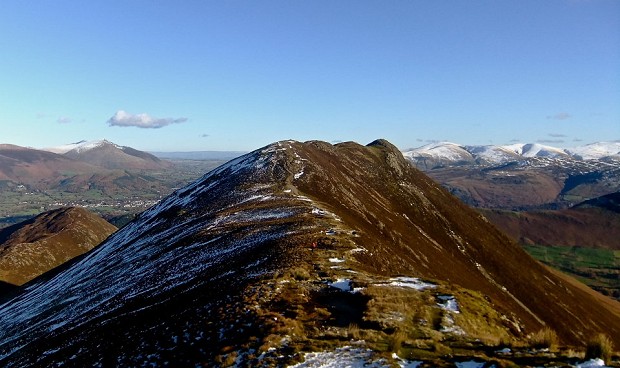
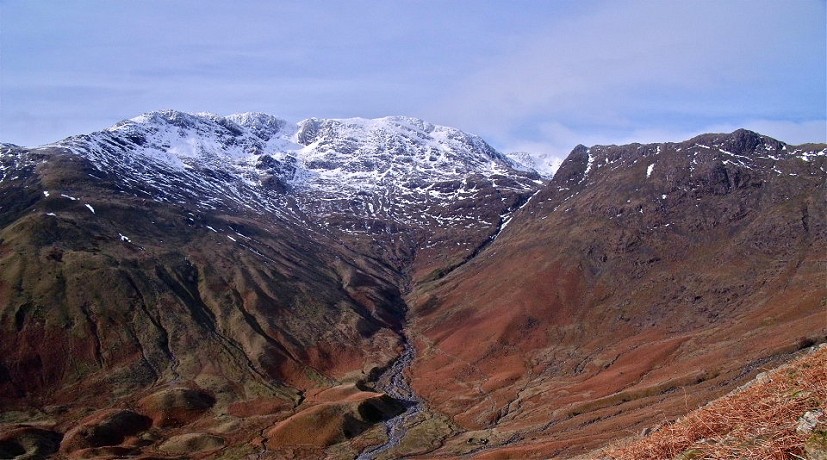
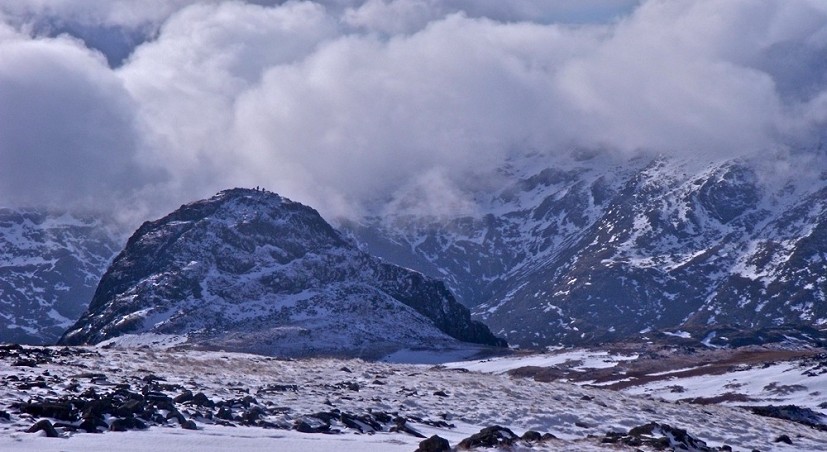
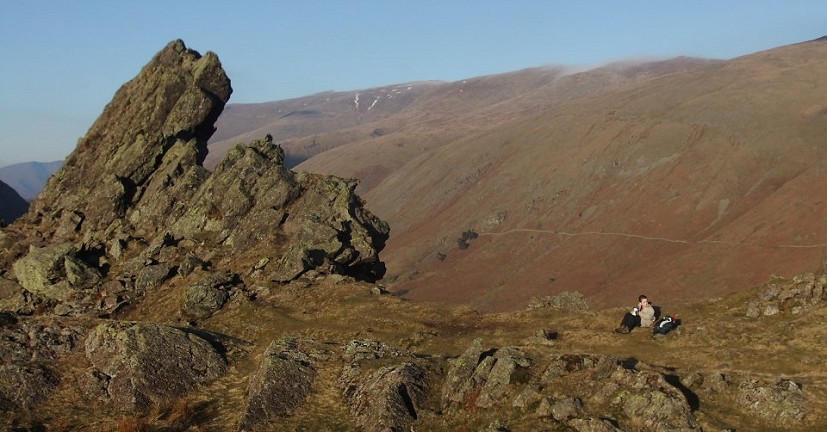

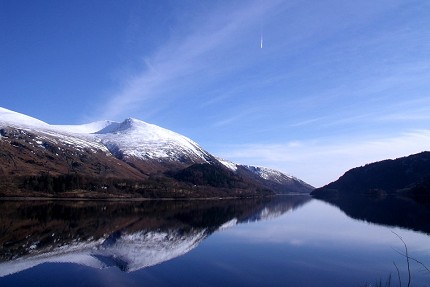
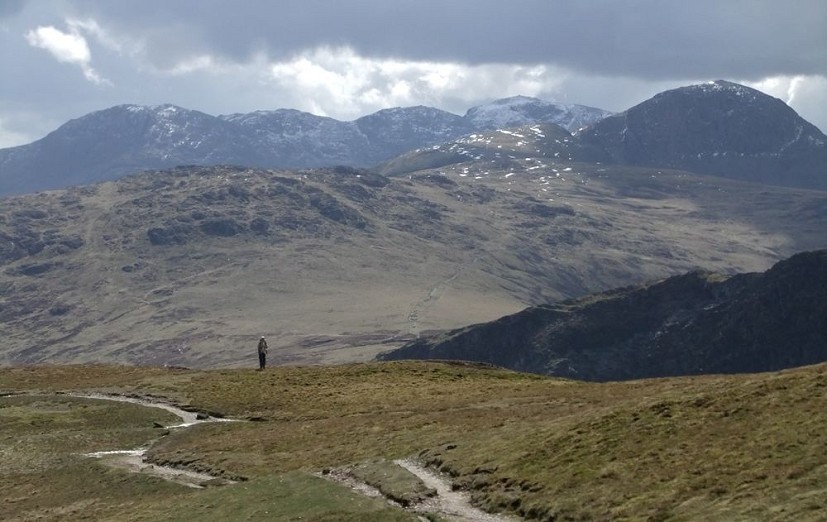



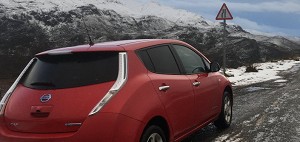

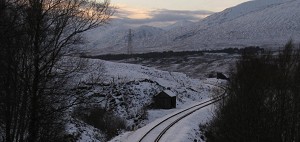

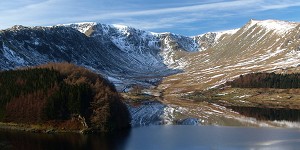

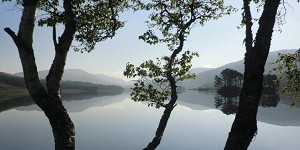

Comments